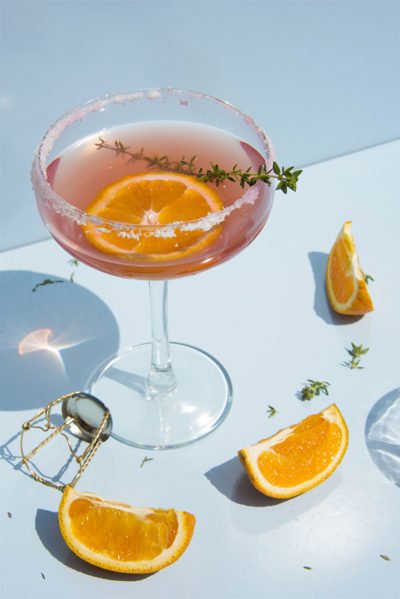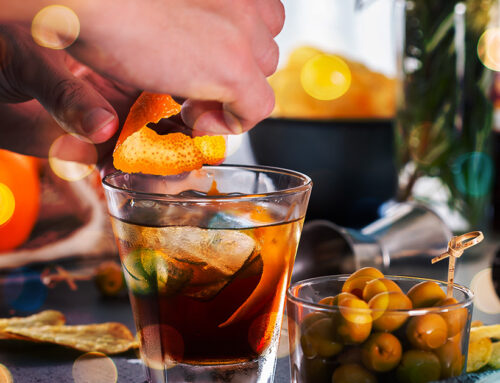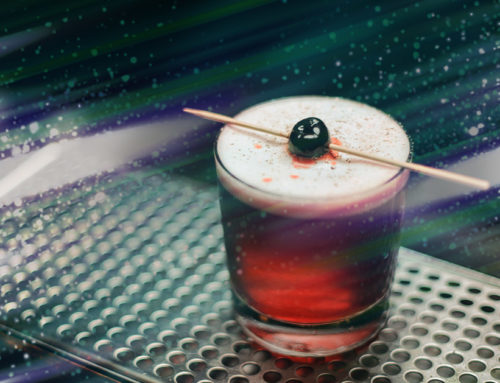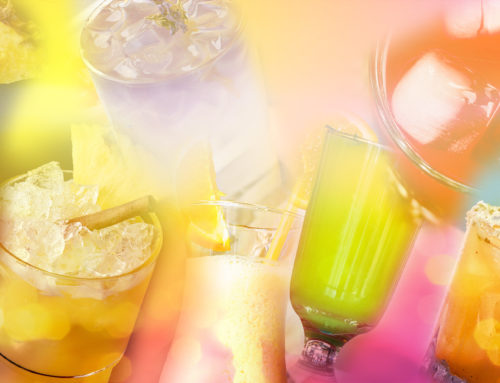Bartending
The Complete Beginners Guide To Crafting Your Signature Cocktail.
By: SipAwards
9-6-19

We all have signatures whether it’s our John Hancock or that go-to dish your friends rave about. But when it comes to drinks, many of us still fall back to the usual suspects – martinis, gin and tonics, and margaritas sound familiar?
Nothing wrong with a solid classic but for those of you looking to take it up a notch, nothing says sophistication quite like a signature cocktail.
So grab your shakers and glasses. It’s time to bring out your inner mad scientist and create a cocktail masterpiece guaranteed to impress.
Step 1: Choose Your Base Spirit
You don’t need a fully stocked bar to make a great cocktail but you do need a solid base spirit. It’s like setting up a table – you shouldn’t bring out every dish in the kitchen but having a well-chosen centerpiece makes all the difference.
Maybe bourbon is your thing because your grandparents have a farm in Kentucky. Or you might go for a rum because it reminds you of a great time at the beach. There are no right or wrong answers here. When deciding the base we recommend you start by asking yourself one of three questions:
- What do I reach for the most after work?
- What flavors do I want to highlight?
- Which memory or association do I want to evoke?
A great place to look for your perfect base spirit is in the SIP Awards winner’s list. You can find winners in every category of spirits that have earned their recognition from an unbiased consumer judging panel.
Step 2: Use An Existing Cocktail As a Template
We know it seems contradictory to recommend using an existing recipe to create a signature cocktail but hear us out. Classics are classics for a reason and they provide a solid template to get creative.
Think mad libs but with spirits.
For example, let’s say our template is the classic Manhattan made with rye, sweet vermouth, and bitters. If we switch out rye for scotch, we’ll have a Rob Roy. If we switch the sweet vermouth to a dry vermouth and bitters to elderflower liqueur, then we’d be drinking a Paris Manhattan.
Not only does having a template help with deciding your ingredients, it’ll also give you helpful pointers on glassware, method of mixing (shaken or stirred), and garnishes.
Step 3: Make It Work
After you decide on a base, it’s time to add in the supporting characters. You have endless choices here from other spirits, bitters, liqueurs, syrups, sodas, all the way to fruit juice. The most important things to consider are complementary flavors and striking a balance.
What does it mean for a flavor to complement another?
Technically, it’s kind of like the color wheel; opposite flavors are complementary while adjacent flavors are analogous. Non-technically, we’ve listed some complementary flavors that you should know.
- Bitter/Sweet
- Example: Manhattan
- Sweet/Sour
- Example: Daiquiri
- Sour/Salty
- Example: Margaritas with a salt rim
- How do I create balance?
Balance simply means that your recipe can’t be too sweet, sour, bitter, or salty. This is where the supporting ingredients get their chance to shine.
If your recipe is too sweet, consider adding some citrus or bitters. If it’s too sour, try adding some gomme (sugar syrup) until you feel all the flavors coming out. Refer to the flavor complements above for inspiration on balancing out the flavors of your drink.
Step 4: Make It Look Good
A little goes a long way when it comes to garnishes. Resist the urge to do something elaborate here. Yes, we know an orange peel swan sounds good in your head but it might not work as well as you’d like.
We recommend that you stick to peels, twists, sprigs, and wheels for your garnishes. Here are a few examples of easy but elegant garnishes:
- A lemon wheel on the rim of the glass pierced with a rosemary sprig
- Mint sprigs slotted into the ice (place the straw next to the sprigs so you get the aroma of mint every time you take a sip)
- Thumb-sized peel of lemon squeezed over the drink to release the oils and dropped into the glass.
Extra Credit Tips:
Shaken Not Stirred
The rule of thumb is, if your recipe calls for liqueurs, fruit juice, eggs, or syrup, then it needs to be shaken. If it is entirely booze, then it needs to be stirred (only top international spies are permitted to break this rule).
Learn more about when to shake and when to stir your cocktails here.
Work From a Story
A cocktail is not just alcoholic liquids mixed together. It can be a carrier for your most cherished memories. Take advantage of the full creative control over your signature cocktail and make your drink carry a memory.
Let’s say you spent some time in the Caribbean and there was one local who sold pineapples from his stand every day. The taste of sweet pineapple can bring you back to the moments with your toes in the white sand and the sun on your skin. From this story alone, you already have two ingredients you can work with – pineapples and rum (classic Caribbean spirit). From there, mix in some other flavors to finish your creation.
Now every time you serve this drink, you can have a lovely story to go along with it thus elevating your experience of the cocktail.
And there you have it, all the necessary elements to creating your signature cocktail.
Let us know what you created, share with us on our Facebook page or tag us on Instagram.
A big thanks to sipawards.com for helping spread great content to cocktail lovers like you.









